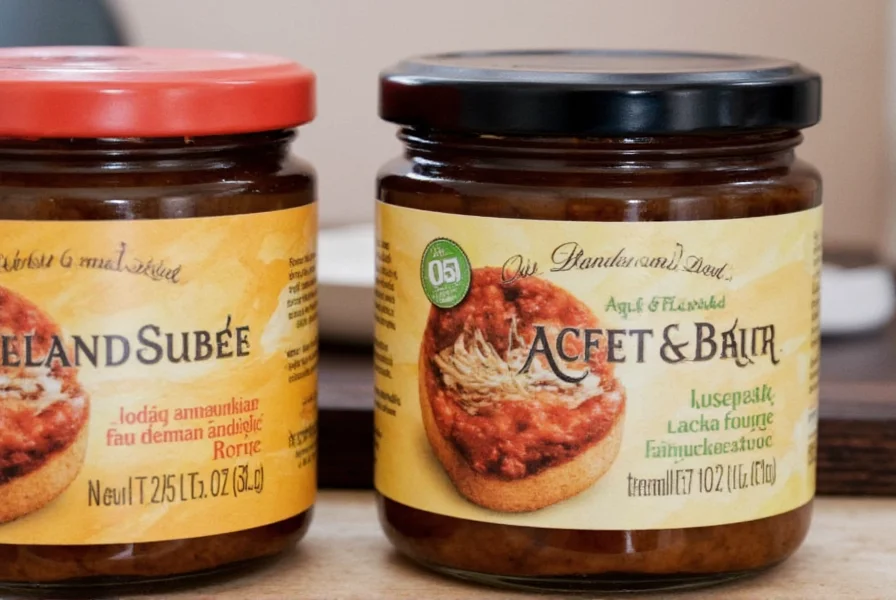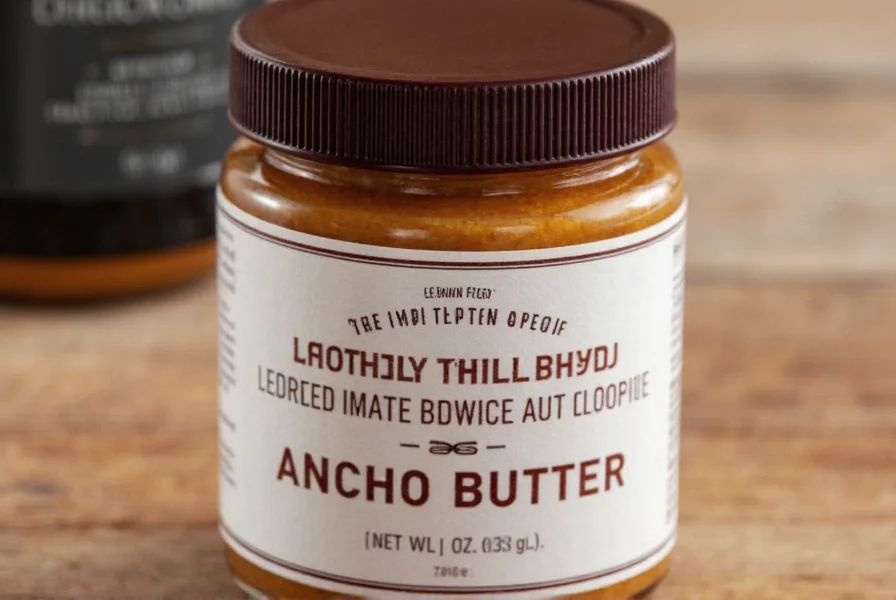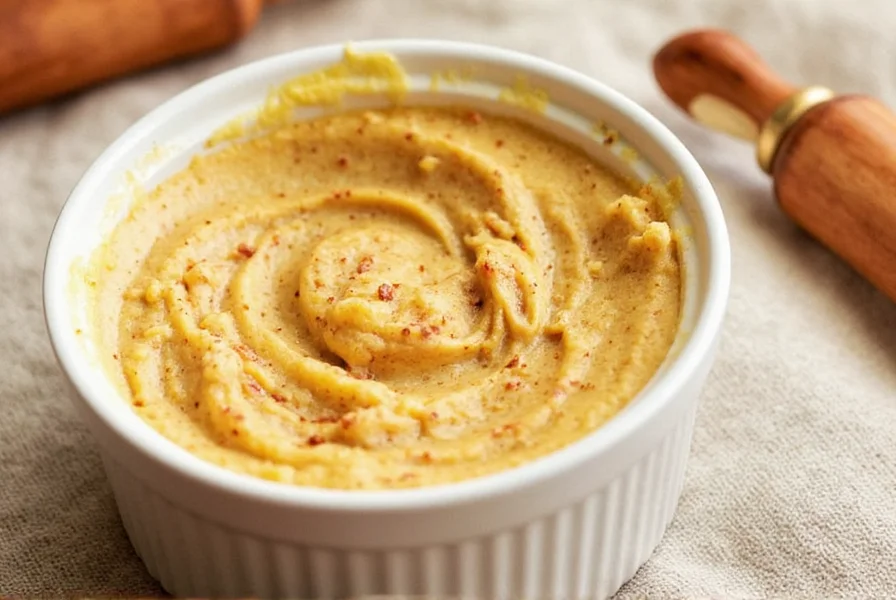Table of Contents
What Is Ancho Butter?
Ancho butter is a versatile condiment made by blending roasted ancho chiles with butter, creating a rich, smoky, and slightly sweet flavor that enhances almost any dish. This simple yet powerful ingredient adds depth to both savory and sweet recipes without overwhelming heat.

5 Creative Ways to Use Ancho Butter
1. Tacos and Burritos
Spread a thin layer of ancho butter on warm tortillas before adding fillings. Its smoky richness pairs perfectly with grilled meats, beans, or roasted vegetables, adding complexity to every bite.

2. Soups and Stews
Stir a spoonful into tomato-based soups, lentil stews, or chili. The butter melts seamlessly, infusing the dish with warm, earthy notes that elevate simple recipes.
3. Grilled Vegetables
Brush over zucchini, bell peppers, or eggplant before grilling. The butter caramelizes slightly, enhancing natural sweetness while adding a subtle smoky finish.

4. Cheese Boards
Pair with sharp cheddar or aged gouda on charcuterie boards. The butter's mild heat balances salty cheeses, creating a sophisticated contrast that impresses guests.
5. Baked Goods
Surprisingly, ancho butter shines in desserts! Add to brownie batter or bread dough for a nuanced smoky undertone that complements chocolate and spices.
| Best Pairings | Why It Works |
|---|---|
| Chicken thighs | Smoky flavor penetrates meat during cooking, adding depth without overpowering |
| Roasted sweet potatoes | Enhances natural sweetness with a touch of warmth |
| Grilled shrimp | Complements seafood's delicate flavor with subtle spice |
Frequently Asked Questions
How spicy is ancho butter?
Ancho chiles range from 1,000-2,000 Scoville units—milder than jalapeños. The butter tempers the heat, delivering warm, smoky flavor without intense spice.
Can I use ancho butter in vegan dishes?
Yes! Substitute dairy butter with plant-based alternatives like coconut or soy butter. The smoky flavor profile remains intact while keeping it dairy-free.
How long does ancho butter last?
Store in an airtight container in the refrigerator for up to 2 weeks. For longer storage, freeze in ice cube trays and transfer to a freezer bag (6 months shelf life).












 浙公网安备
33010002000092号
浙公网安备
33010002000092号 浙B2-20120091-4
浙B2-20120091-4